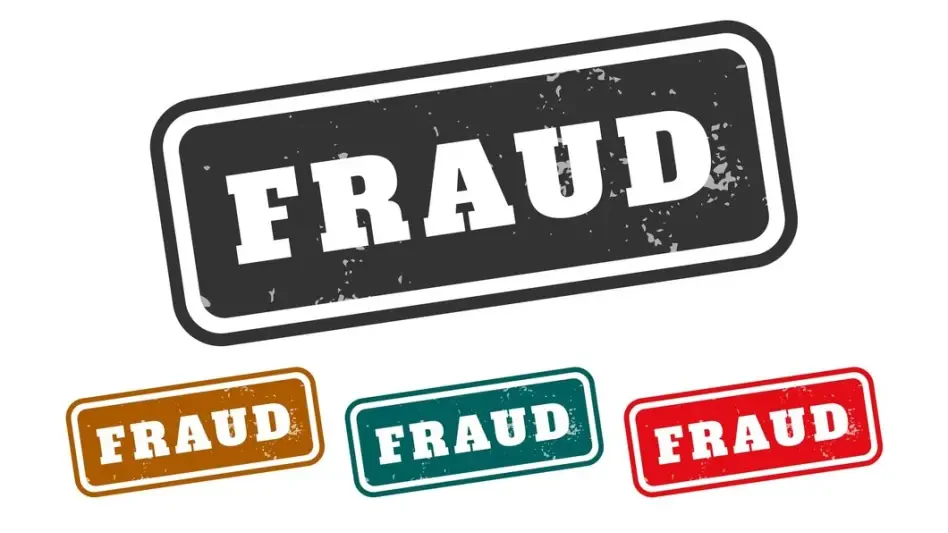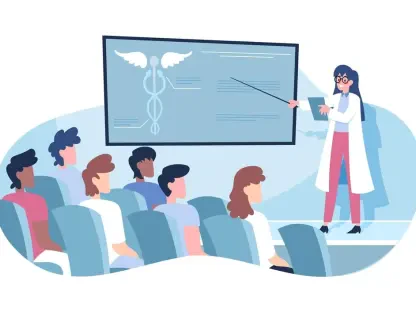As we dive into the complex world of healthcare policy, I’m thrilled to sit down with Faisal Zain, a renowned expert in medical technology with a deep background in the manufacturing of diagnostic and treatment devices. His innovative work has not only advanced the field but also given him unique insights into the systemic challenges within public health programs like Medicaid and Medicare. Today, we’ll explore critical issues surrounding federal and state funding mechanisms, the alarming rise in program costs, and the pervasive problem of fraud and financial mismanagement. Our conversation will touch on how these systems are being exploited, the strategies being implemented to combat fraud, and what the future might hold for ensuring equitable and effective healthcare delivery.
Can you walk us through what’s often described as ‘legalized money laundering’ within the Medicaid program and how it operates?
Absolutely. The term might sound dramatic, but it points to a real issue in how Medicaid funding is structured. Essentially, some states use mechanisms like provider taxes and state-directed payments to draw down extra federal matching funds. They’ll tax healthcare providers—hospitals, nursing homes, and the like—then use that revenue, combined with specific payment directives, to trigger more federal money than they might otherwise receive. It’s a loophole that allows states to maximize federal contributions without necessarily increasing their own spending on healthcare. While it’s legal, it raises questions about fairness and the true intent of these funds.
What’s behind the significant 50% increase in federal Medicaid spending over the past five years?
A big driver of this spike is tied to policies enacted during the pandemic that expanded coverage and funding but were never scaled back. These emergency measures, like continuous enrollment provisions, kept more people on the rolls even as circumstances changed. Beyond that, the aging population and rising healthcare costs play a role, as does the variation in how states leverage federal funds. Some regions have seen sharper increases simply because they’ve been more aggressive or creative in tapping into these expanded federal resources.
How are states finding ways to ‘game’ the Medicaid system, and what does that look like in practice?
‘Gaming’ the system often comes down to exploiting the federal matching fund structure. For instance, a state might impose a tax on healthcare providers, then channel that money back into Medicaid to claim a higher federal match—sometimes without a net increase in actual healthcare investment. Some states are better equipped to navigate these financial maneuvers due to larger budgets or more sophisticated administrative systems, so they end up drawing down far more federal dollars than others. It creates an uneven playing field across the country.
What impact does this uneven access to federal funds have on healthcare equity between states?
It’s a significant issue. States that can’t or don’t engage in these financial strategies end up with less funding, which means fewer resources for their Medicaid populations. This can translate to reduced access to care, longer wait times, or lower provider reimbursement rates, which discourages doctors from accepting Medicaid patients. Ultimately, it widens the gap in healthcare quality and availability between states, undermining the program’s goal of equitable support for low-income individuals.
Turning to the issue of fraud in Medicaid and Medicare, how widespread do you believe this problem is?
Fraud is a pervasive challenge in both programs, costing billions annually. It ranges from billing for services never provided to inflating claims or even creating fake patients. The scale is hard to pin down exactly because so much goes undetected, but with programs this large—serving millions and involving countless transactions—there are endless opportunities for bad actors. It’s not just a financial drain; it erodes trust in the system and diverts resources from those who genuinely need care.
Can you describe some common types of fraud you’ve come across in these programs and their effects on patients?
Sure, one common type is phantom billing, where providers charge for treatments or equipment that were never delivered. Another is upcoding, where a simple procedure is billed as a more complex, expensive one. There’s also identity theft, where patient information is stolen to file fraudulent claims. For patients, this can mean delayed or denied care if funds are depleted, or even personal harm if their data is misused. It’s a ripple effect—less money for legitimate care means longer waits or reduced services for those who rely on these programs.
There’s been talk of a new strategy to combat fraud by ‘chasing the money’ rather than individuals. Can you explain how this approach works?
This strategy shifts the focus from targeting individual perpetrators to tracking the flow of funds themselves. Instead of building cases against specific people, which can take years, agencies are now using data analytics to follow suspicious money trails in real time. By identifying irregular payment patterns or unusual transactions, they can freeze or recover funds before they’re lost. It’s a proactive rather than reactive method, aiming to stop fraud at the source and preserve resources for actual care.
How have partnerships with other federal departments enhanced efforts to address fraud in these programs?
Collaborating with entities like the Treasury and the Department of Justice has been a game-changer. The Treasury brings expertise in financial tracking and access to banking data, which helps trace where misappropriated funds are going. The Department of Justice provides legal muscle to prosecute cases and recover assets. Together, they create a more comprehensive net, combining financial oversight with enforcement to not only stop fraud but also deter it by showing there are serious consequences.
What measures are being considered to close systemic loopholes in Medicaid that allow for exploitation?
There’s a push for tighter regulations around how states can use provider taxes and directed payments to draw federal funds, ensuring these mechanisms align with actual healthcare needs rather than just financial gain. Additionally, enhanced reporting requirements and audits are being discussed to increase transparency. Technology also plays a role—using advanced data systems to flag discrepancies early. The challenge is implementing these changes without creating bureaucratic hurdles that could delay or limit access to care for vulnerable populations.
Looking ahead, what is your forecast for the future of Medicaid and Medicare in terms of balancing oversight with accessibility?
I think we’re at a pivotal moment. There’s a clear recognition that stronger oversight is necessary to curb fraud and misuse, but it has to be balanced with the fundamental mission of these programs—providing care to those who need it most. My forecast is that we’ll see more integration of technology, like AI-driven monitoring systems, to streamline fraud detection without bogging down providers or patients. At the same time, I expect ongoing debates between federal and state governments over funding equity. If done right, these reforms could redirect billions toward genuine care, but it’ll require careful coordination to avoid unintended consequences that might limit access.









